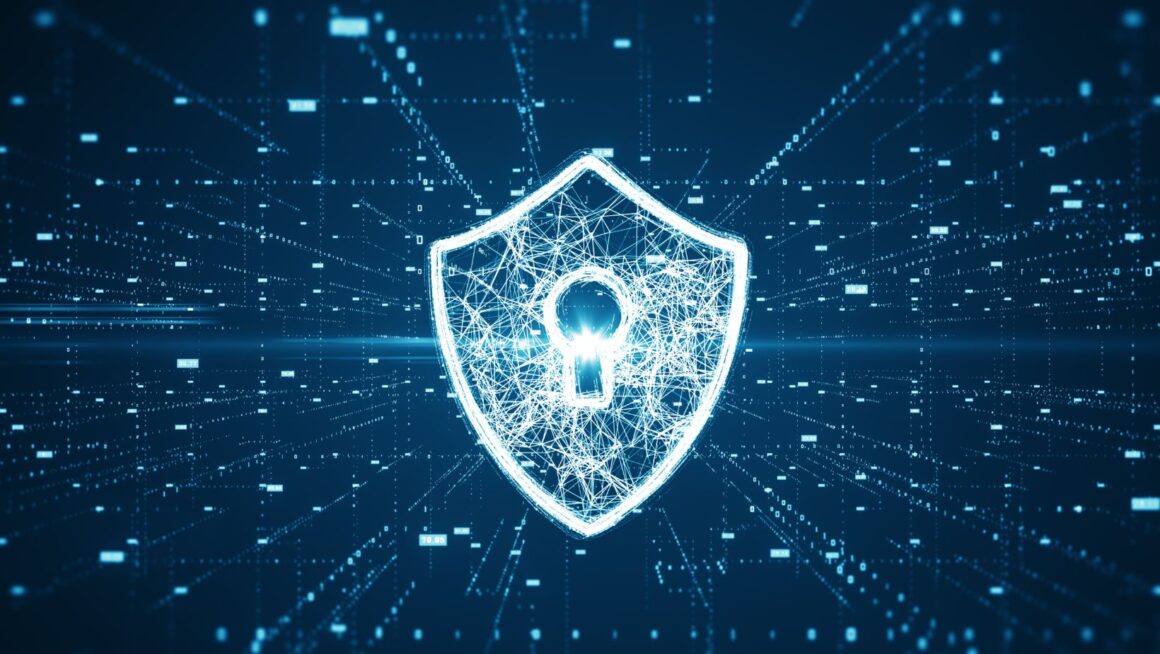Adopting containers has revolutionized how organizations build and deploy software, enabling unprecedented speed and scalability. But this new paradigm introduces a new set of security challenges. The container itself—the image, its runtime behavior, and the orchestrator managing it—becomes a critical new attack surface. Simply purchasing a security tool is not enough; true container security is a journey, not a destination.
A structured approach is needed to progressively build and strengthen your security posture without overwhelming your teams or grinding development to a halt. This is where a maturity model comes in. By framing the adoption of Container security tools through a “Crawl, Walk, Run” framework, organizations can create a practical roadmap, build momentum, and achieve a state of automated, proactive security.
Let’s explore this journey, stage by stage, to see how you can move from basic awareness to container security excellence.
The Crawl Stage: Establishing Basic Visibility
In the beginning, your primary goal is simple: see what’s there. Many organizations start using containers without fully understanding what’s inside their images or how they are configured. The Crawl stage is all about establishing a baseline and gaining fundamental visibility into your containerized environment.
Key Objectives:
- Image Scanning: The first step is to start scanning your container images for known vulnerabilities (CVEs). This involves choosing a container scanner and integrating it into your container registry or CI/CD pipeline in a non-blocking, audit-only mode.
- Establish a Baseline: Run scans against your most critical applications first. The goal isn’t to fix everything at once but to understand your current risk posture. How many critical vulnerabilities exist in your most used base images?
- Focus on Education: Use this initial data to educate development and operations teams. Show them the kinds of vulnerabilities that exist in the open-source components they are pulling into their images. This builds awareness and sets the stage for future collaboration.
What Success Looks Like:
At the end of the Crawl stage, you are no longer blind. You have a tool that automatically scans images, and you have dashboards and reports that provide a clear inventory of your vulnerabilities. The scans are purely informational—they don’t block builds or deployments. You’ve taken the essential first step of turning on the lights to see what’s in the room.
The Walk Stage: Integrating and Automating
With visibility established, the Walk stage focuses on making security findings actionable and integrating them into developer workflows. This is where you move from passive monitoring to active risk management. The key is to reduce noise, prioritize effectively, and make it easy for developers to fix issues.
Key Objectives:
- CI/CD Integration with Gating: Move beyond audit-only scans. Configure your pipeline to fail a build if a scan detects new vulnerabilities above a certain threshold (e.g., “Critical” or “High”). This is a soft gate; you might start by only blocking net-new, high-severity issues to avoid overwhelming teams with legacy debt.
- Triage and Prioritization: Not all vulnerabilities are created equal. Use your tool’s capabilities to filter out noise. Focus on vulnerabilities that are truly exploitable in your context. For example, a vulnerability in a Linux package that isn’t used by your application might be deprioritized. The goal is to present developers with a short, actionable list of what matters most. For guidance on assessing vulnerabilities, the Common Vulnerability Scoring System (CVSS) provides a standardized framework.
- Automated Ticketing: Integrate your security tool with project management systems like Jira. Automatically create tickets for high-priority vulnerabilities and assign them to the correct teams. This closes the loop between detection and remediation, ensuring findings don’t get lost in a report.
What Success Looks Like:
In the Walk stage, security is no longer an afterthought. It’s a visible, automated step in the CI/CD process. Developers receive timely, relevant feedback about vulnerabilities in the tools they already use. Your security team can define policies, and the system enforces them automatically, preventing the most severe issues from reaching production.
The Run Stage: Proactive and Advanced Security
The Run stage represents a mature, proactive security posture. Here, you expand your focus beyond just image vulnerabilities to include runtime security and the underlying infrastructure.

The goal is to achieve defense-in-depth and be able to detect and respond to threats in real-time.
Key Objectives:
- Runtime Security: Deploy tools that monitor container behavior in real-time. This involves detecting anomalies such as unexpected processes, network connections, or file modifications within a running container. If a container suddenly tries to execute a shell script or connect to a suspicious IP address, you get an alert immediately.
- Infrastructure and Orchestrator Security: Extend your scanning to the orchestrator itself. Use tools to ensure your Kubernetes or Docker Swarm configurations follow security best practices. This includes scanning for misconfigurations like overly permissive access rights or unsecured network policies. The CIS Benchmarks are an excellent resource for hardening your container infrastructure.
- Policy as Code: Codify your security policies using tools like Open Policy Agent (OPA). This allows you to define and enforce complex rules across your entire environment. For example, you can write a policy that prevents any container from running as the root user or using a base image from an untrusted registry. This makes security policy scalable and version-controlled, just like your infrastructure.
What Success Looks Like:
At the Run stage, container security is deeply embedded and automated across the entire application lifecycle. You have visibility not just into pre-production images but also into the runtime behavior of your production environment. Security policies are enforced automatically, and your team can detect and respond to active threats, not just potential vulnerabilities.
By following the Crawl, Walk, Run model, you can implement a robust container security program methodically. This phased approach ensures you build a solid foundation, gain buy-in from your teams, and mature your practices over time, ultimately enabling you to innovate with speed and confidence.



